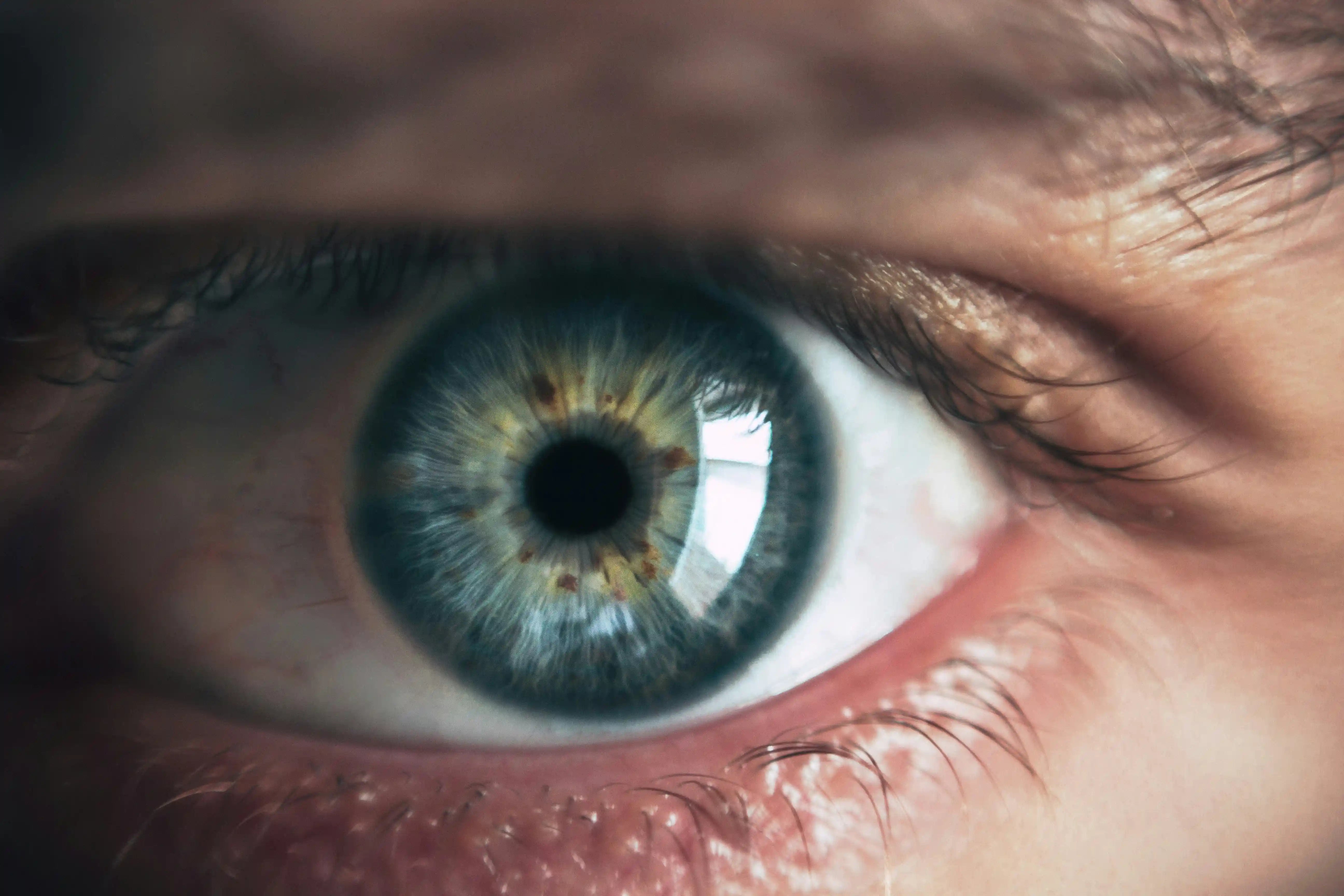
How Sunglasses Protect More Than Just Your Style
When we think about sunglasses, we often focus more on how they make us look rather than how they protect our eyes. But lurking behind those trendy frames lies a crucial defense against a sneaky enemy: ultraviolet (UV) radiation. This silent threat poses a significant risk to our eyes, and it's time we shed some light on the importance of UV protection for eye health.
Understanding UV Radiation
UV radiation is a natural part of sunlight, but not all of it is harmless. There are three types: UVA, UVB, and UVC. UVC rays get blocked by the Earth's ozone layer, but UVA and UVB can penetrate our eyes, causing serious damage. UVA rays can reach deep into the eye and lead to long-term issues like cataracts and macular degeneration. UVB rays, though partly blocked by the ozone, can cause painful conditions like 'snow blindness' or photokeratitis.
The Link Between UV Rays and Eye Damage
The tricky thing about UV damage is its cumulative effect. While one day of sun exposure might not seem harmful, years of it can wreak havoc on our eyes. Cataracts, for instance, can develop over time due to UV exposure. UV rays are also implicated in macular degeneration and conditions like surfer's eye (pterygium). Plus, they can speed up skin aging and increase the risk of skin cancer around the eyes.
And it's not just our eyes that are at risk – our eyelids are vulnerable too. The skin around our eyes is delicate and prone to damage from UV exposure, increasing the risk of skin cancer, particularly basal cell carcinoma.
Protecting Against UV: A Multifaceted Benefit
Now that we know the dangers, it's time to take action. Opting for sunglasses with 100% UV protection is a simple yet effective way to safeguard our eye health. But UV protection is just the beginning. Quality sunglasses can also reduce glare, enhance vision in bright conditions, and shield our eyes from environmental elements like wind and dust. So, it's not just about preventing eye problems – it's about keeping our eyes healthy and happy for the long haul.
The Science of Sunglasses: More Than Meets the Eye
Behind those stylish frames lies a world of scientific innovation aimed at protecting our eyes from harm:
How Sunglasses Block UV Light
The secret lies in the coatings and materials used in sunglasses. Special chemical compounds are incorporated into the lens material to absorb UV radiation and prevent it from reaching our eyes. The most effective sunglasses block both UVA and UVB rays completely, using a combination of coatings and lens materials like polycarbonate. And contrary to popular belief, UV protection isn't determined by the darkness of the lens but by its chemical properties.
Materials Matter: What Your Sunglasses Are Made Of
Not all sunglasses are created equal, especially when it comes to materials. Glass lenses offer clarity but can be heavy and dangerous if broken. Plastic lenses, like the high quality polycarbonate we use at Wombat, are lightweight and shatter-resistant, making them a safer option for active lifestyles. The frame material also plays a role in protection, with options like metal and acetate offering durability and flexibility.
The Critical Role of Coatings
Coatings are the unsung heroes of sunglass science, enhancing their protective properties. Anti-reflective coatings reduce glare, while mirror coatings further decrease light transmission. Photochromic technology automatically adjusts lens darkness based on UV light intensity, ensuring seamless vision in changing environments.
The Hidden Dangers of UV Exposure
While we often hear about the dangers of UV exposure for our skin, its effects on eye health are equally concerning, if not more so due to the sensitivity of ocular tissues.
Short-Term Effects of UV Exposure
UV exposure can cause immediate discomfort, such as photokeratitis or inflammation of the conjunctiva. These symptoms are usually reversible but serve as a reminder of our eyes' vulnerability to UV damage.
Long-Term Consequences for Ocular Health
Cumulative UV exposure can lead to serious conditions like cataracts, macular degeneration, and pterygium. These conditions can impair vision and may require surgical intervention to correct.
Choosing the Right Protection: What to Look For
When selecting sunglasses, prioritize UV protection above all else. Look for sunglasses labeled as providing 100% UV protection (UV400), like the full Wombat Gear range. Proper fit, lens quality, durability, and additional features like polarization are also essential considerations.
Beyond UV: Additional Benefits of Wearing Sunglasses
Sunglasses offer more than just UV protection. They reduce eye strain, shield against environmental elements, and improve safety while driving.
In conclusion, sunglasses are essential for protecting our eyes from the dangers of UV radiation. By choosing the right pair, we can not only prevent short-term discomfort but also safeguard our long-term eye health. So, next time you reach for a pair of sunglasses, remember – it's not just about looking cool; it's about keeping your eyes safe and healthy. At Wombat, we've got your back!

